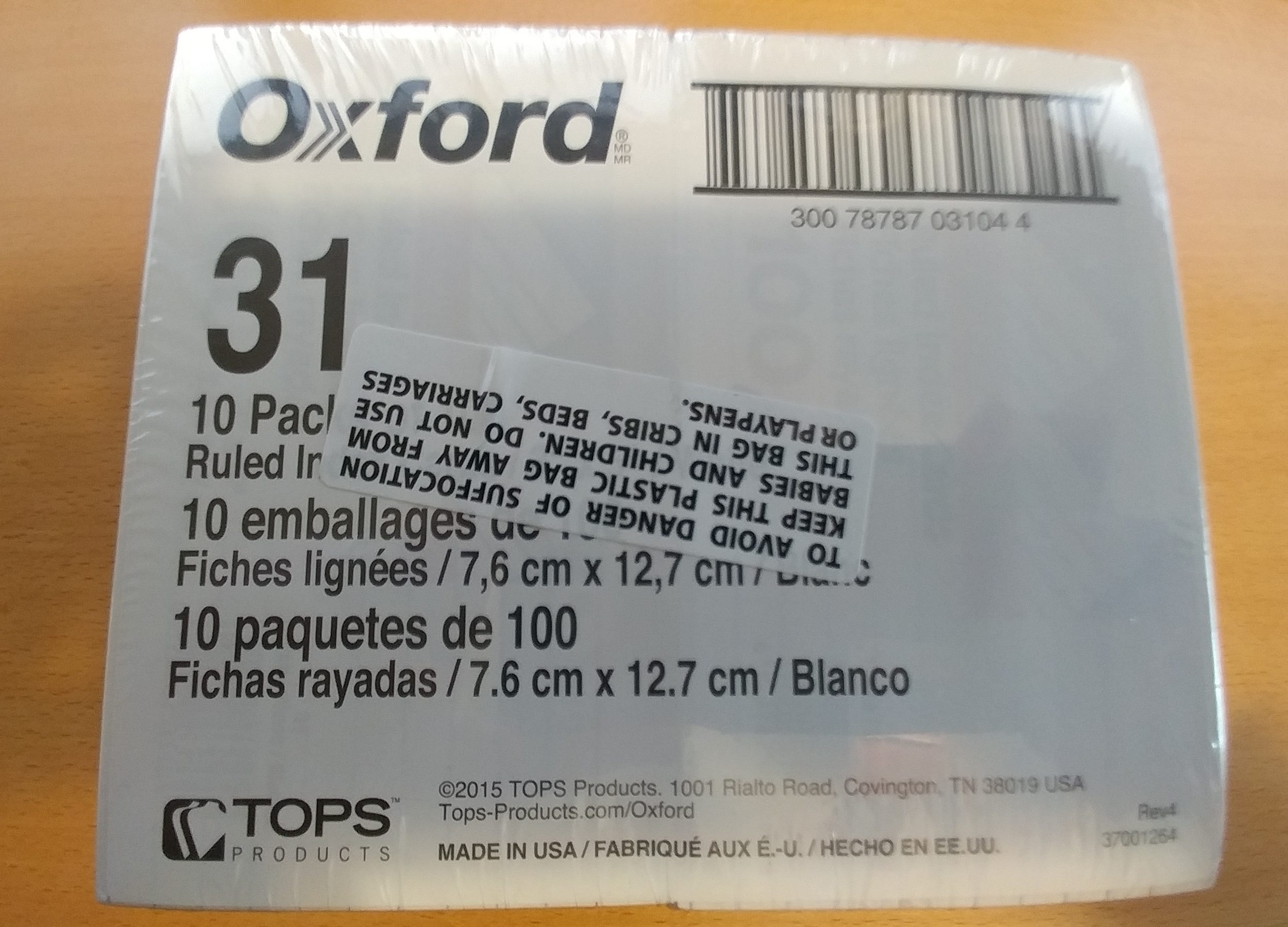Last year, I made a plan to start buying and reviewing US-made products off Amazon. I was going to post the reviews to my personal blog and “practice what I preach” as a US manufacturing advocate. To get started I was able to find some camouflage cloth tape for a Halloween project somewhat by chance. I was then starting to look for other practical things and I really struggled to fill the pipeline with US-made products that fit my needs. It was a really sad realization, Amazon wasn’t making it easy to determine where the products I was researching were made. In fact, it’s really hard. It wasn’t until recently when I listed something for sale on Amazon that I realized why. You don’t have to state a country of origin for your listings on Amazon. So if you don’t care to state, the buyer won’t know. At this point, I was thinking that most US-made products would take advantage of this and proudly note the country of origin.
Searching on Amazon for US Made Products
Shortly after my initial realization, I started floating the idea of a filter for the search indicating “made in the USA” on Amazon to anyone who would listen. Of course, everyone loved the idea, I mean, why not right? This week I decided to take advantage of a break in recordings of MFA episodes to tackle this subject. So I did what I always do, I wrote the following down on an Oxford 3×5 card:
MFA – Amazon by Country of Origin
Then last night when a little free time opened up I proceeded to do a little research. Why assume something can’t be done already, or maybe there is a plugin. Maybe Amazon has an advanced search function. Wow, this could be really easy. First I tested a plugin that purported to flag listings that were made in the USA. Then I visited some websites that had information loosely related to the subject. Finally, I found myself reading some incredibly interesting threads on Amazon about why the country of origin is complicated, why that person was wrong about it being complicated, how most of the products weren’t made in the USA, and other great reasons why origin is not usually included in most listings. I updated my notes on my 3×5 card:
- The plugin doesn’t work.
- Country of origin not usually included.
- Yeah right, good luck!
And in disgust, I put the card back on top of the Tuesday pile, the day I usually work on web content.
I guess sleeping on it made me a bit cantankerous, I decided to write about it anyway for this Wednesday’s update here on MFA.
A More Achievable Solution
Amusingly, while preparing this update I discovered that the card I had written on, a white Oxford 3×5″ ruled card was actually made in Covington, TN by TOPS Products. That momentarily gave me hope, except when I went and visited the product page. I discovered that they didn’t list the country of origin or made in the USA or anything of the sort. That could be because they aren’t always made here, or TOPS Products didn’t think it would benefit them to list it.

At this point, it occurred to me that perhaps I was looking at this issue the wrong way. Maybe what should be done is an effort to encourage people to more proudly share when a product is made in the USA. We give you a little bit of this here on the Manufacturing Advocates Podcast (especially in Episodes 1, 2 and 9).
US Manufacturers tell us where your products are made. Who made it? Which engineer came up with the design? Who tested it? How did they test it? Show me a picture, a video, and tell me their story. Who could resist that? I bet not even Jeff Bezos. Maybe then Amazon would start to understand the real value of helping enable people to be able to choose where the products they buy are made.
I hope you enjoyed the variation today, next week should be more business as usual introducing our next guest. Let me know if you enjoyed this article, or if you thought it was terrible and irrelevant!
Thanks Joe, I enjoyed reading this. It’s very interesting to me that most small to medium (90-95% of US MFG firms fall into this category) sized manufacturing firms are consumed with complying with regulation or simply trying to stay in business, that they forget to promote their product as manufactured in the USA.
At some point I hope that regional organizations like SVMA can guide these firms in their effort to promote buying USA made goods.